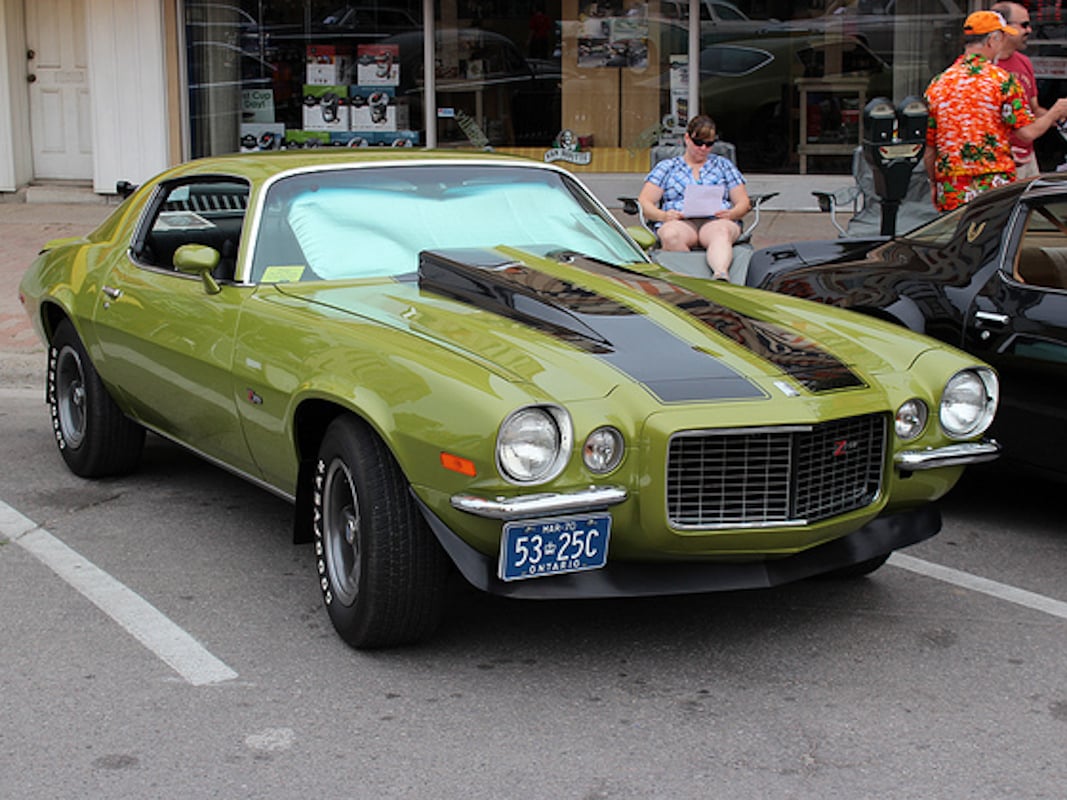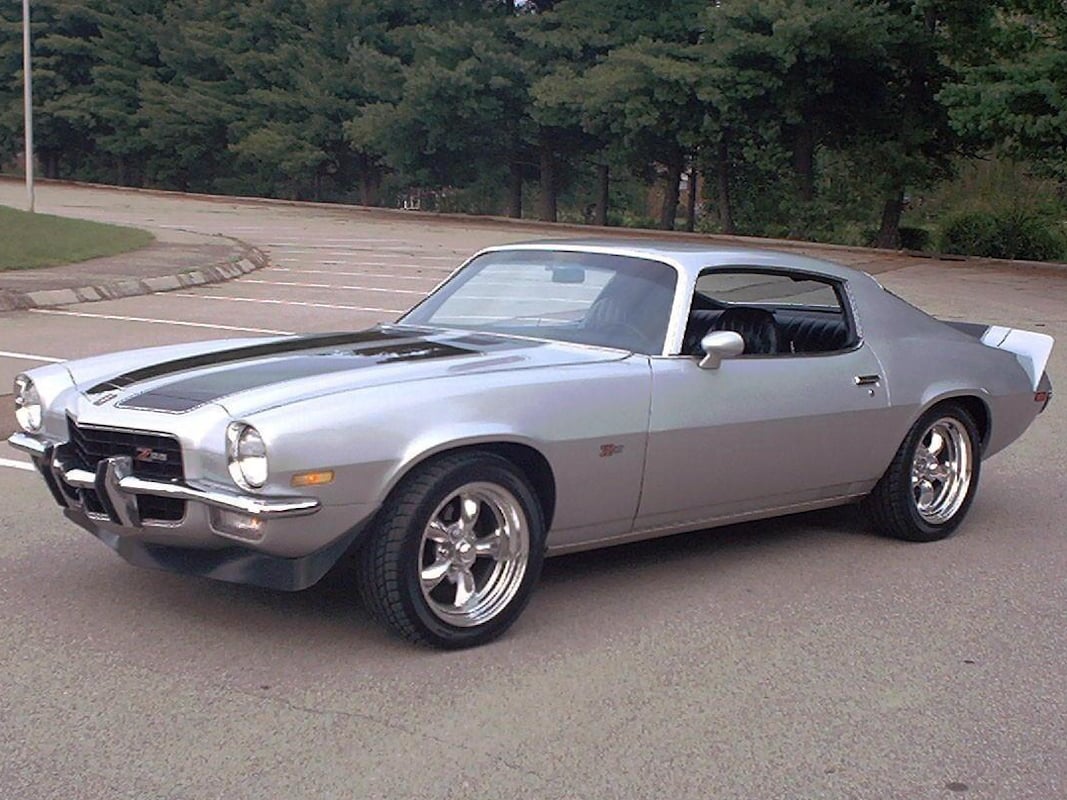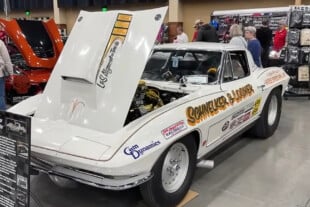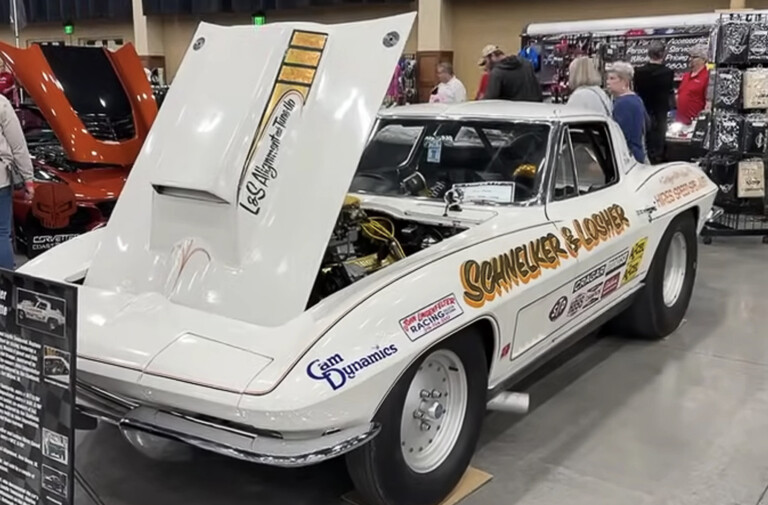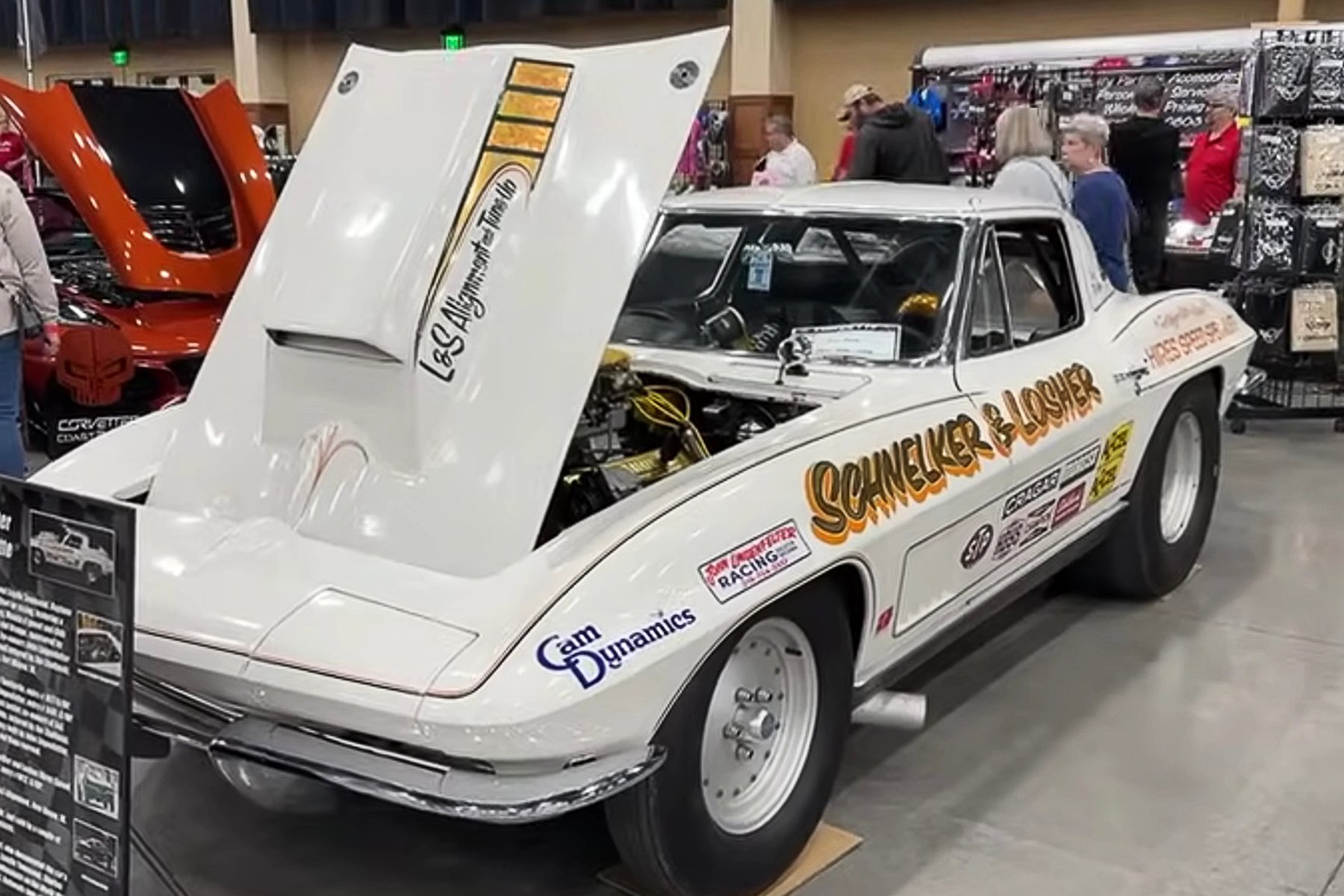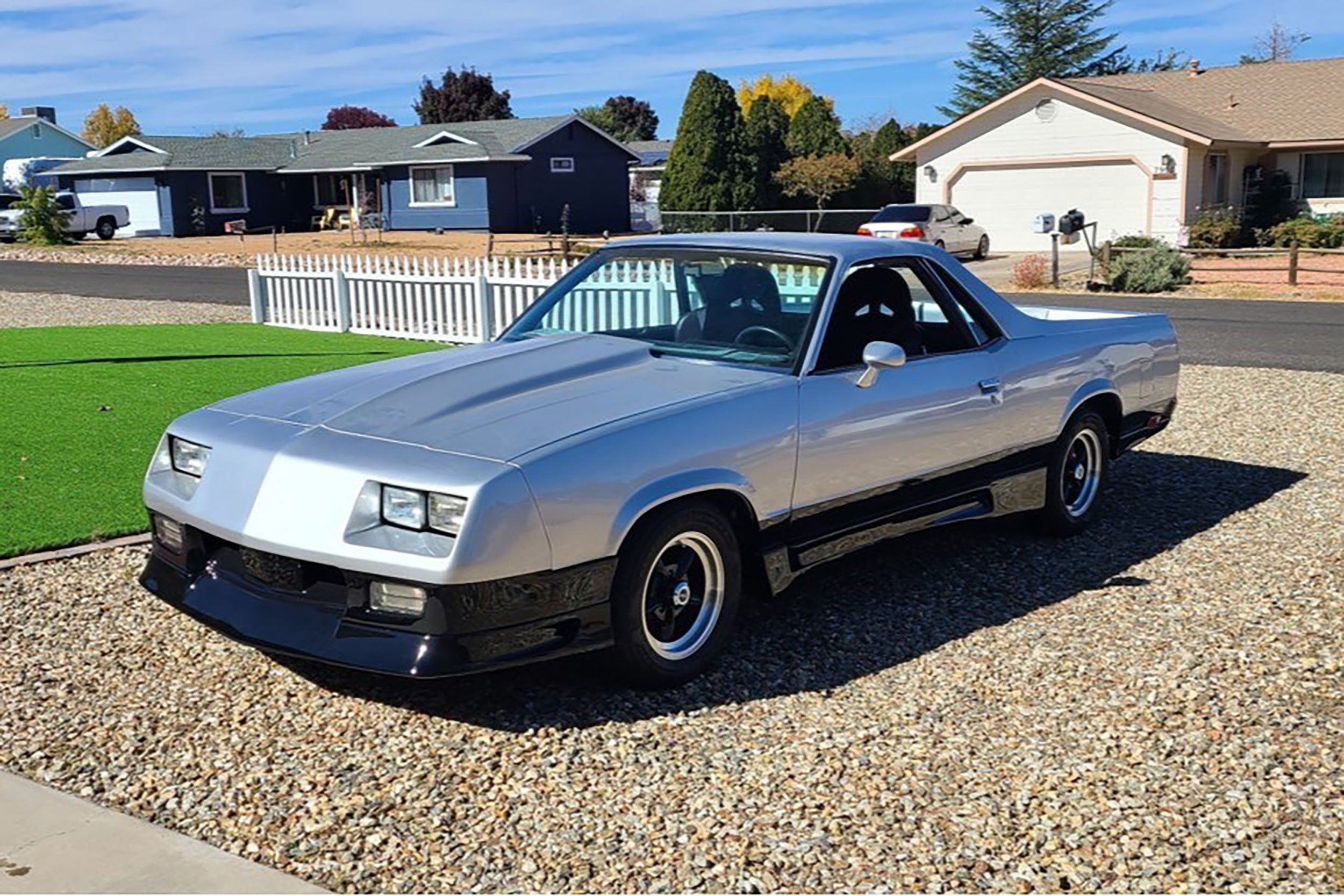The first and second-generation Chevrolet Camaro share few things other than the name. Someone that isn’t involved in the world of musclecars could see a ‘69 Camaro Z28 parked next to a ‘70 Camaro Z28, and not even know they were the same model. The body was given a completely new look, the front end was redesigned, and the headlights were given a more pronounced place on the fender.
Left to Right: 1971, 1972, and 1973 Camaros. From a distance, they all look the same — almost.
It’s clear that the first and second generations are significantly different, but what about the subtle differences within the years of 1970 through 1973? For more about the first-generation Camaro, take a look at last week’s article here.
The second-generation of the Camaro is much more difficult to distinguish between their generation than the three original years. Not only are there are no glaring differences, but all four years have the same taillight configuration, making it nearly impossible to quickly tell them apart from behind. The 1970 model is unique in a couple of ways that will allow you to quickly pick it out.
It is the only year of the second generation that was available with a 12-bolt rearend, and the trunk emblem says “Camaro by Chevrolet” instead of just “Camaro.” A not-so-noticable difference is that the ’70 model is the only year that the side marker lights do not flash along with the turn signals.
The 1971 Camaro was the first second-generation Camaro that included high-back bucket seats, and images on the dash knobs to indicate operation. The 1970 and 1971 Camaro can be distinguished from the 1972 and 1973 models by grille design. The grille in the 1972 and ’73 Camaro had fewer and larger rectangles populating the grille than the 1970 and ’71 Camaro. The 1970 and ’71 Camaro used the same round front marker lights that were located next to the headlight, while the front marker lights in the non-RS-equipped 1972 and ’73 Camaro were redesigned, and relocated to a location below the bumper.
Right: 1970 and 1971 Grille. Left: 1972 and 1973 Grille.
Left: 1970 Camaro light switch. Right: 1971 through 1973 light switch
Each change that occurred on the Camaro from 1970 through ’73, follows up from the previous year. This means that it is more difficult to differentiate a ’72 and ’71 from a ’70. For that reason, we are going to give you a quick reference guide to identifying each year from the last.
- The 1970 Camaro is the only year with the emblem on the trunk that says “Camaro by Chevrolet” and the only year in which the side marker lights do not flash with the signal lights.
- The 1971 Camaro is the only year that shares the same tight-patterned grille with the 1970, but it uses the trunk emblem that only reads “Camaro,” like the 1972 and 1973 models.
- The 1972 Camaro shares the grille pattern of the 1973 model, and the trunk emblem of the 1972 model. But, it is the only year with the larger-opening grille pattern that does not have the strengthened bumper supports.
- The 1973 Camaro has the larger grille pattern, shortened “Camaro” emblem on the trunk, and is the only year with the strengthened, larger bumper supports.
These are only some of the differences within the four model years, and although the bodies are all extremely similar, there is still too much to go over every detail. These are just some that come to mind when summarizing the things that separate them. Take some time to comment about the differences that we have left out, tell us about the differences that are most important to you, or do both. Either way we would love to hear from you.




